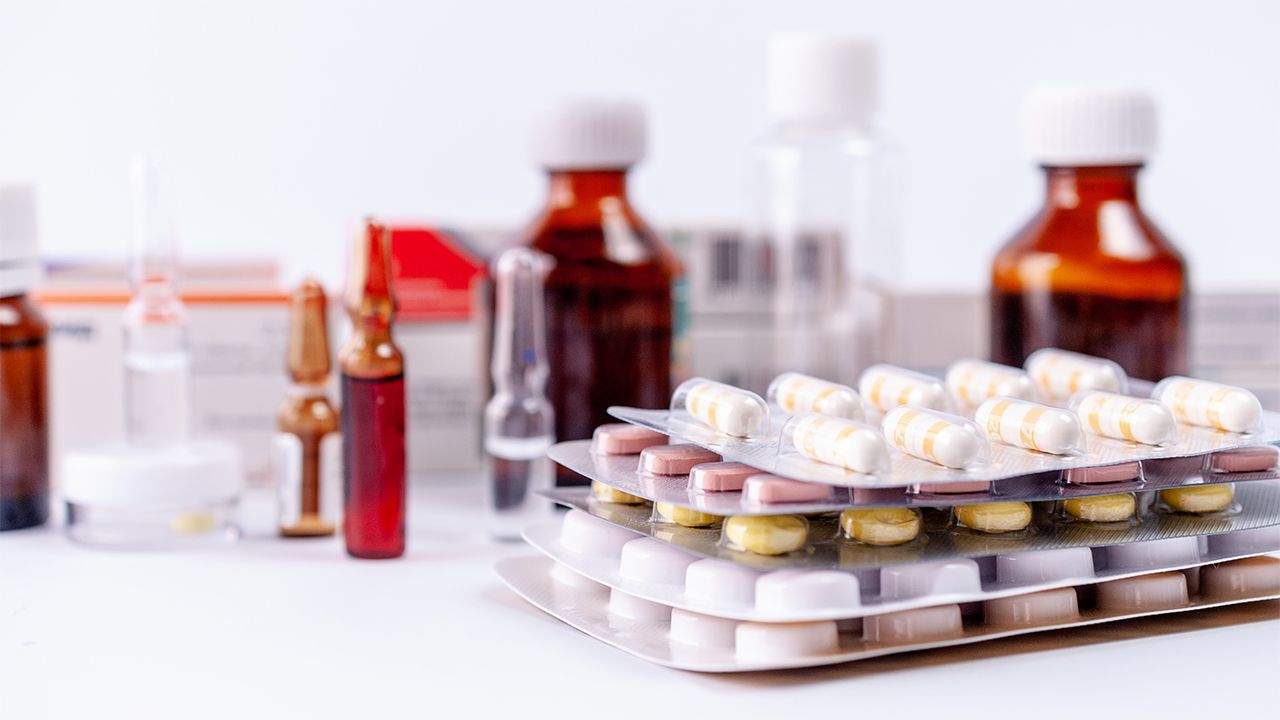The pharmaceutical packaging landscape in 2024 is undergoing significant shifts, driven by technological advancements and evolving industry needs. Let’s delve into the key trends shaping the sector this year:
Pharmacogenomics (PGx) Revolution:
-
- The rising prominence of pharmacogenomics (PGx) is reshaping healthcare by customizing treatments based on individual genetics. This trend necessitates tailored pharmaceutical packaging solutions. As PGx applications expand, the demand for unique packaging in community pharmacies is set to grow, driving the need for flexible contract packaging firms. Security measures, including QR codes and NFC technology, are vital to protect sensitive medical information integrated into personalized packaging.

Sustainability Takes Center Stage:
-
- Sustainability is a key focus in pharmaceutical packaging, aligning with global eco-conscious trends. With more consumers prioritizing sustainable choices, the pharmaceutical industry is responding by experimenting with environmentally friendly materials. The rise of compostable packaging and collaborations, such as Bayer’s involvement in the Blister Pack Collective, reflects a commitment to reducing plastic usage. However, true sustainability requires a holistic approach, considering material selection, manufacturing processes, and waste management.
Blockchain’s Continued Impact:
-
- Blockchain technology continues to play a crucial role in enhancing supply chain management and combatting counterfeit pharmaceuticals. Investments in blockchain are expected to persist, providing a tamper-proof database for transparent and efficient tracking of pharmaceutical products globally. The integration of artificial intelligence (AI) with blockchain further enhances real-time monitoring, ensuring product quality and defending against counterfeit markets.
Innovative Drug Delivery Systems:
-
- The battle against antimicrobial resistance (AMR) is driving innovations in drug delivery systems. Patient non-adherence issues are being addressed through smart packaging solutions, including pre-filled syringes, auto-injectors, and smart blister packs. Child-resistant packaging innovations are overcoming barriers to patient adherence. Additionally, the rise of biologics emphasizes the need for flexible filling and packaging equipment. Ensuring security and transparency in the supply chain remains paramount, leading to the integration of defensive measures in smart packaging designs.
Addressing Antimicrobial Resistance (AMR):
-
- The pervasive threat of antimicrobial resistance (AMR) is prompting transformative research and developments in pharmaceutical packaging. Packaging designs are evolving to combat patient non-adherence, a significant driver of AMR. Innovations such as pre-filled syringes, auto-injectors, and smart blister packs aim to simplify medication adherence. Smart packaging solutions, equipped with trackers and reminders, play a crucial role in ensuring patients take medications as prescribed. The commitment to child-resistant packaging (CRP) is also evolving, with advancements designed to cater to individuals with disabilities, promoting inclusivity and safety.
Biologics and Specialized Drug Delivery:
-
- The pharmaceutical landscape in 2024 anticipates a surge in biologics, derived from living organisms, with projected sales exceeding $120 billion by 2027. This rise underscores the need for innovative drug delivery systems and specialized packaging. Flexible filling and packaging equipment, as well as advancements in containment solutions and barrier technologies, are essential to accommodate the growth of the biologics market. The high value of biotech products makes them a target for counterfeiting, emphasizing the importance of robust security and transparency measures within smart packaging designs.
Security and Transparency Measures:
-
- As the pharmaceutical industry embraces personalized medicine and advanced drug delivery systems, the integration of security and transparency measures becomes imperative. Blockchain technology, with its tamper-proof and distributable database, continues to be a linchpin in safeguarding the supply chain. Combining blockchain with artificial intelligence enhances real-time monitoring, preempting and rectifying drug shortages, ensuring product quality, and defending against counterfeit pharmaceuticals. The industry’s commitment to secure and transparent packaging is vital to maintaining patient trust and safety.